#buttonquail
Text
Buttonquails: I'm a seabird!
Scientists: but... you look like quail
Buttonquails: IM A SEABIRD
275 notes
·
View notes
Text
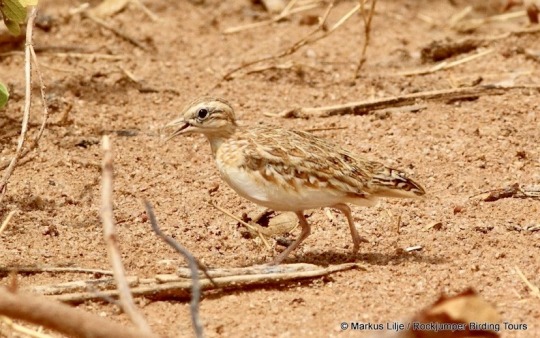
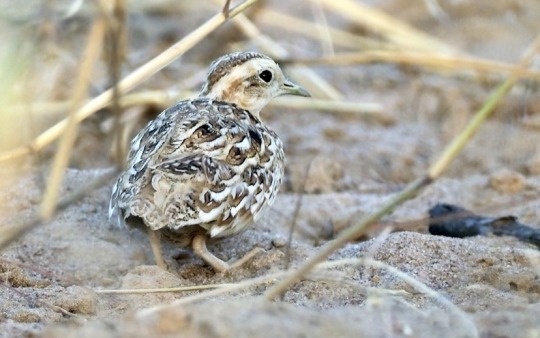
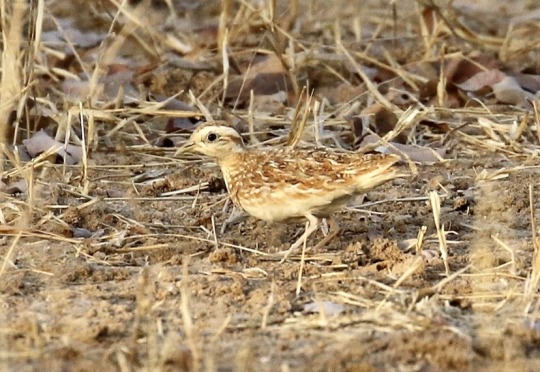

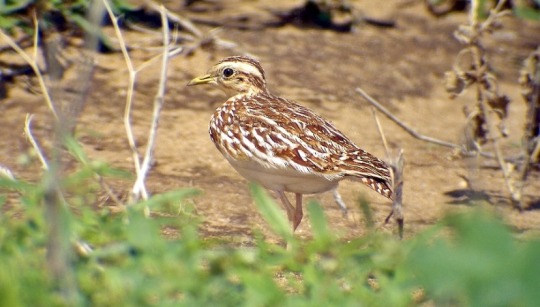

the quail-plover is a small member of the buttonquail family found in dry regions of africa. the ‘plover’ portion of their name originates not from any close relation, but from the plover-like barred marking visible on the wing in flight. these birds are often found as individuals or in pairs, and primarily live in scrubland habitats.
496 notes
·
View notes
Photo

Painted buttonquail (Turnix varius), Castlereagh Nature Reserve, New South Wales, Australia
photograph by JJ Harrison | Wikipedia CC
14 notes
·
View notes
Text
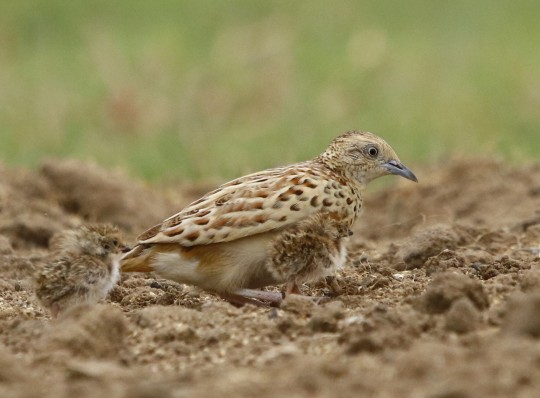
[2583/11080] Common buttonquail - Turnix sylvaticus
Also known as: small buttonquail
Order: Charadriiformes
Suborder: Lari
Family: Turnicidae (buttonquails)
Photo credit: Bhaarat Vyas via Macaulay Library
#birds#Common buttonquail#Charadriiformes#Lari#Turnicidae#Turnix#birds a to z#small buttonquail#undescribed
84 notes
·
View notes
Photo
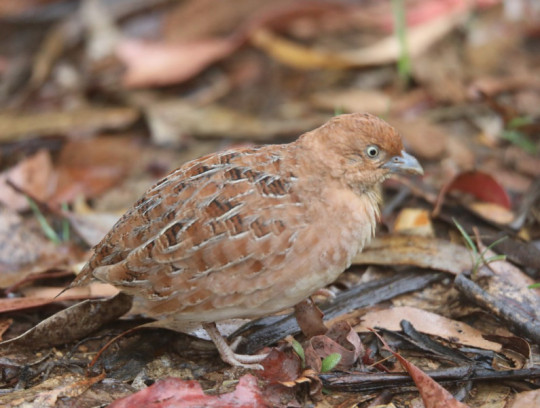
A new variant has been added!
Little Buttonquail (Turnix velox)
© hone
It hatches from bright, common, dark, double, female, male, much, pale, scarce, slow, small, speckled, strong, thick, and yellowish eggs.
squawkoverflow - the ultimate bird collecting game
🥚 hatch ❤️ collect 🤝 connect
2 notes
·
View notes
Text
bird names that are fun to say:
little grebe
great tit
bustard
squacco heron
hottentot buttonquail
hoopoe
SWAAAAN
9K notes
·
View notes
Note
hello! what is your favorite frog and also dinosaur (can be multiple)
Today’s favourite frog is Atelopus igenscens

[src]
Because I found a jar of them (I think) on the shelf in the museum today. Sitting there for decades without having been identified. Meanwhile, they’ve been declared extinct and then rediscovered again.
Favourite dinosaurs today are buttonquail chicks (multiple, preferably cupped in the hand).
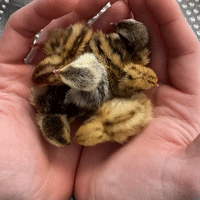
373 notes
·
View notes
Text
Fossil Novembirb: Day 14 - Lost in the Woods

As the global climate was cooling during the Oligocene epoch, tropical rainforests started to shift towards their current distribution in the tropics, and open landscapes such as scrubland was spreading. But that doesn't mean forests were disappearing. In places like Central and Eastern Europe, forests shifted from tropical to temperate. And in these shifting landscapes, birds continued to adapt and diversify.
Turnipax: One of the earliest known members of a relatively obscure bird groups called buttonquails. Despite their quail-like appearance and lifestyle, buttonquails are shorebirds related to gulls and sandpipers.
Palaeotodus: This small insectivore is one of the first known members of the todies, a bird group nowadays restricted to the West Indies.
Primotrogon: An early member of the trogons which had a very different shape compared to its modern relatives, including long wings, a short tail, and relatively small eyes.
Eurotrochilus: The first known true hummingbird, a group now endemic to the Americas, but first appeared in Europe.
Aviraptor: A thrush-sized true hawk with long thin legs and sharp talons, this was a prime predator of small forest birds in the Oligocene.
Wieslochia: One of the earliest known passeriformes, a group that likely evolved in Australia,parts of it's skeleton resemble certain South American passeriforms, like cotingas.
Rupelramphastoides: As the earliest known ramphastid, it was closely related to the barbets as well as toucans, but it bore a closer resemblance to the former.
Oligocolius: A bizarre relative of modern mousebirds that had an appetite for seeds, as the holotype was preserved with seeds in its crop and gullet. It also had a slightly parrot-like beak.
Laurillardia: A distant relative of hoopoes and hornbills, this long winged and long tailed bird used its sharp beak to catch insects.
Rupelornis: A close relative of albatrosses, these seabirds had delicate beaks and long legs. They probably had a similar lifestyle to storm petrels, which carefully pick food from the surface of the water.
#Fossil Novembird#Novembird#Dinovember#birblr#palaeoblr#Birds#Dinosaurs#Cenozoic Birds#Turnipax#Palaeotodus#Primotrogon#Eurotrochilus#Aviraptor#Wieslochia#Rupelramphastoides#Oligocolius#Laurillardia#Rupelornis
46 notes
·
View notes
Note
In response to your anon hating on birdwatching about 5,000 days ago cause I’ve not been on for ages: You really think tits, shags, dickcissels, blue footed boobies, satanic goatsuckers, and the fynbos buttonquail are boring? Shame on you.
i don’t even need to add anything to this tbh
13 notes
·
View notes
Note
Button quail button quail button quail

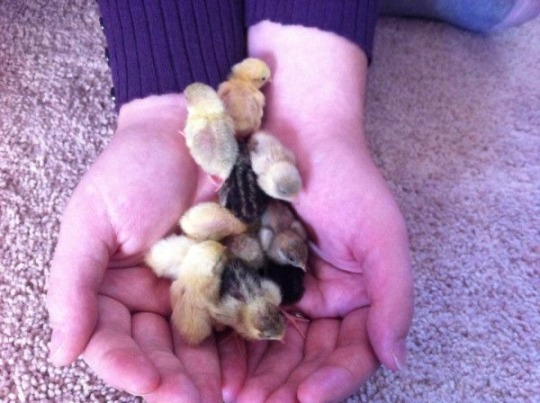


Buttonquails. : )
💐
Enthusiastically,
L Davout.
6 notes
·
View notes
Text
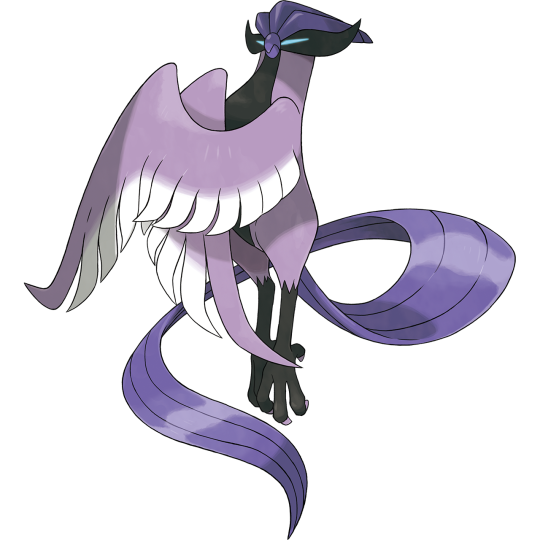

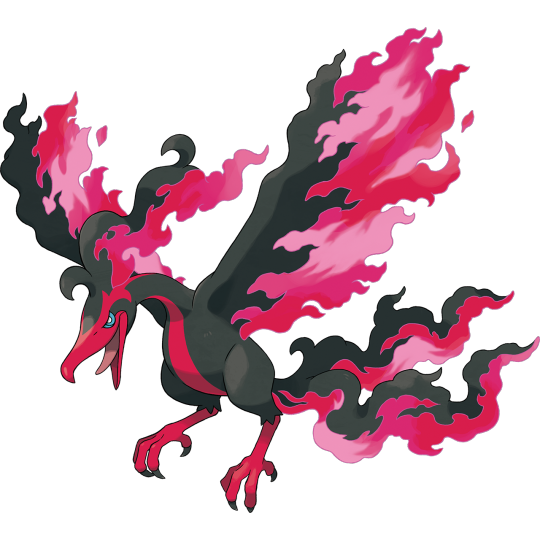
With Wiglett being a thing and this possibly setting up other Pokémon in Paldea that converged on the body plans of previously introduced Pokémon (what would we call these to distinguish them from regional variants? Regional convergences? Regional imposters? Regional equivalents?), let me remind y’all that the “Galarian forms” of the legendary birds set this whole thing up two years ago!



And as for the fact that these have the exact same names as the legendary birds despite not being that similar upon closer inspection, the same thing happens to convergently-evolved animals in real life!
Pumas are often called “mountain lions” despite being in the subfamily Felinae while lions are a species of panther in the subfamily aptly named Pantherinae
American opossums are in their own distinct order (Didelphimorphia) while the possums in Australia are in the same order as sugar gliders (Phalangeriformes)
Buttonquail aren’t even remotely related to old world quail; while old world quail are in the same family as chickens and turkeys (Phasianidae), buttonquail are in the order Charadriiformes, making them shorebirds and related to plovers, sandpipers, and seagulls!
STRUTHIOMIMUS L I T E R A L L Y MEANS “OSTRICH MIMIC”!!!
#evolution is such a wonderful thing isn’t it?#pokemon#pokemon scarlet and violet#wiglett#convergent evolution#articuno#galarian articuno#zapdos#galarian zapdos#moltres#galarian moltres#amber's post
51 notes
·
View notes
Note
being small, round, adorable and pecking at things on the ground is peak dinosaur evolution (this is about the buttonquail post)
I mean chickens are the penultimate theropod, so, yes!
28 notes
·
View notes
Text
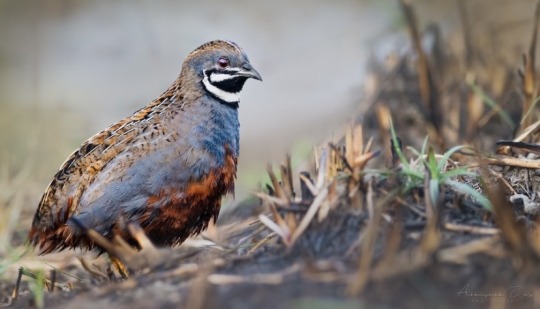
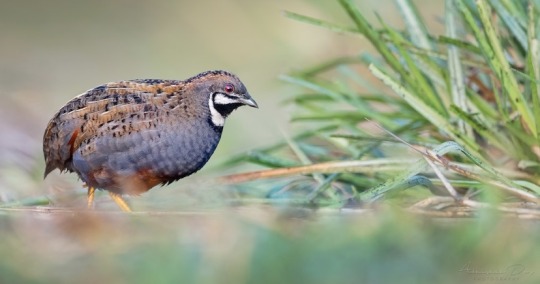

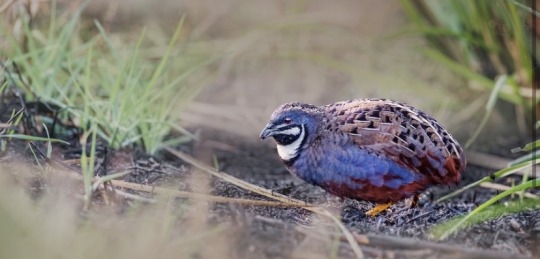

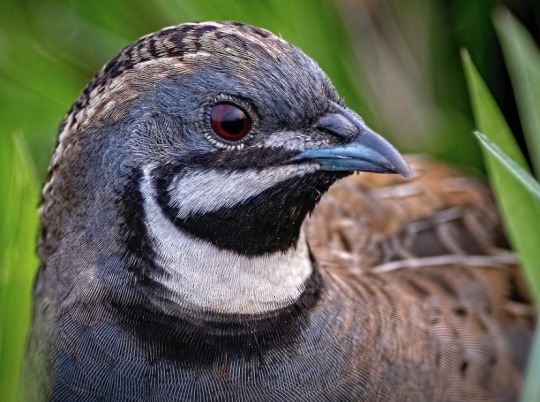
the king quail, also known as the buttonquail, is an asian quail species commonly kept in aviculture. in captivity, they are often a part of mixed aviaries, as they are happy to stay solely on the ground floor and clean up dropped food. they feed on seeds, insects, and fruits. they are primarily found in blue and brown colorations in the wild, but have many developed color mutations in captivity. they are highly social birds that are happiest when living in groups.
767 notes
·
View notes
Text

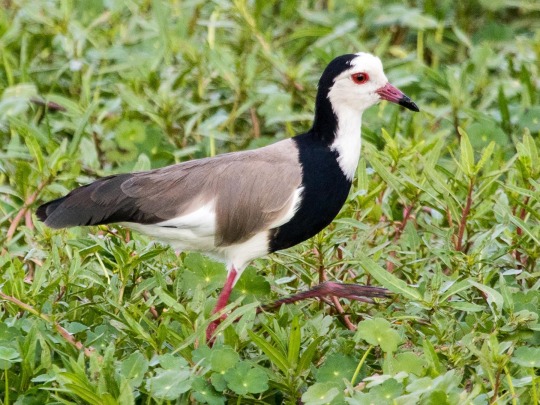
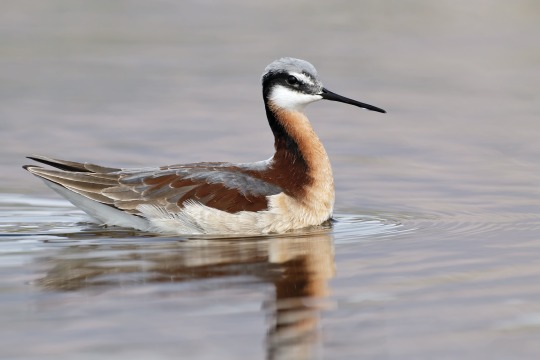
From left to right: Barred buttonquail, Long-toed lapwing, Wilson’s phalarope
7 notes
·
View notes
Text
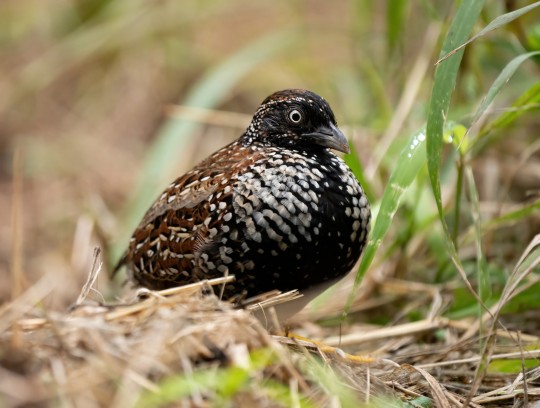
[989/10,977] Black-breasted Buttonquail - Turnix melanogaster
Order: Charadriiformes
Suborder: Lari
Family: Turnicidae (buttonquails)
Photo credit: David Sinnott via Macaulay Library
324 notes
·
View notes
Photo

A new variant has been added!
Madagascar Buttonquail (Turnix nigricollis)
© Sandy Cole
It hatches from approachable, black, direct, facial, female, low, male, quick, shy, similar, tiny, western, and wide eggs.
squawkoverflow - the ultimate bird collecting game
🥚 hatch ❤️ collect 🤝 connect
2 notes
·
View notes